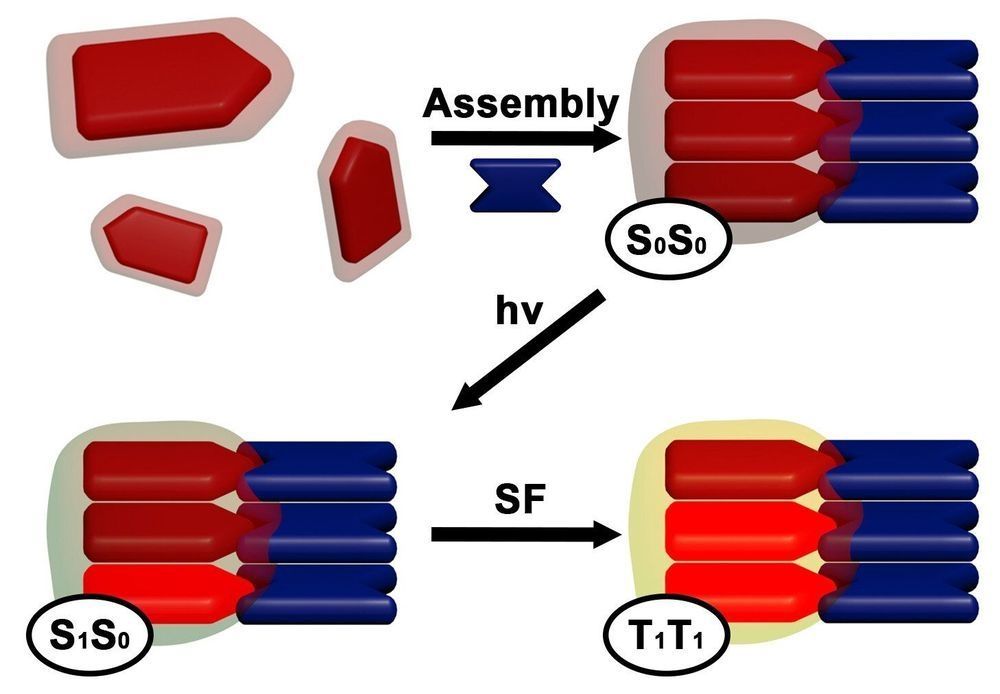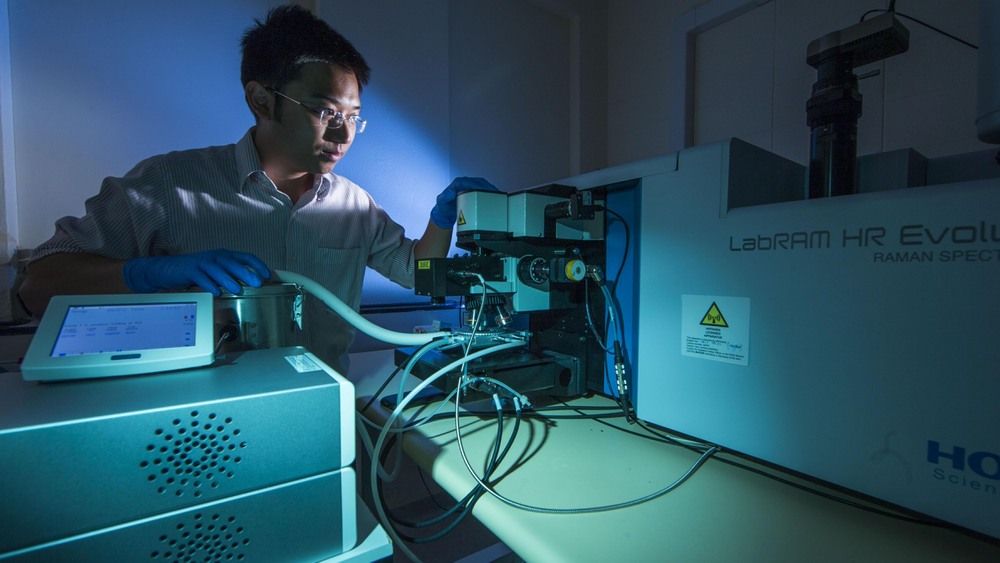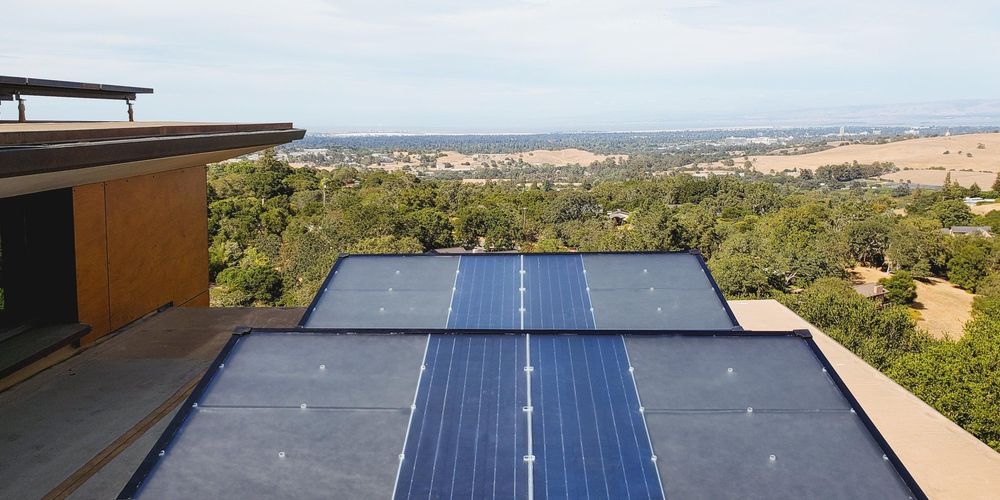Window blinds that have solar panels. Solargaps is elegant decision that let you generate energy while keeping your home cool.


Beat the heat while generating electricity with solar panel blinds

Newly invented solar blinds can keep out the heat of the sun while powering the cooling devices in your home.

Small tweaks in component ratios generate electronically different layers from the same material to create transparent transistors.
Worldwide demand is growing for transparent conducting oxides for use in solar cells, flat panel displays, smart windows and semiconductor-based consumer electronics. KAUST researchers have engineered a zinc-oxide-based transparent material that displays tunable electronic properties depending on the tweaking of a new type of dopant.
Transparent electronics rely on indium tin oxide, a transparent and electrically conductive material that has an exorbitant cost due to the scarcity of indium. Zinc-oxide-based materials, such as hafnium-doped zinc-oxide materials, are expected to offer affordable, green and abundant alternatives to indium tin oxide. However, hafnium-doped zinc-oxide materials typically require high deposition temperatures and display inadequate performance for real-life device applications.


No matter how abundant or renewable, solar power has a thorn in its side. There is still no cheap and efficient long-term storage for the energy that it generates.
The solar industry has been snagged on this branch for a while, but in the past year alone, a series of four papers has ushered in an intriguing new solution.
Scientists in Sweden have developed a specialised fluid, called a solar thermal fuel, that can store energy from the sun for well over a decade.

Solar rays are a plentiful, clean source of energy that is becoming increasingly important as the world works to shift away from power sources that contribute to global warming. But current methods of harvesting solar charges are expensive and inefficient—with a theoretical efficiency limit of 33 percent. New nanomaterials developed by researchers at the Advanced Science Research Center (ASRC) at The Graduate Center of The City University of New York (CUNY) could provide a pathway to more efficient and potentially affordable harvesting of solar energy.


Over seven decades ago in 1941, Isaac Asimov wrote a short story, “Reason” (PDF), in which energy captured from the sun was transmitted via microwave beams to nearby planets from a space station. Flash forward to today, scientists are looking to make that very science fiction dream a reality for Earth.
There has been tremendous research on space-based solar power (SBSP) or space solar power (SSP) since the mid 20th century. Here is a great timeline of the various international studies and projects related to SBSP.
With SBSP, we could solve our energy and greenhouse gas emission problems with little environmental impact. Professor Sergio Pellegrino of CalTech recently said an SBSP system would receive eight times more energy than Earth does. With SBSP’s continuous massive energy output capability and the fact that our sun is slated to exist for another 10 billion years, we can safely assume we will not run out of this energy source anytime soon.
We can barely believe our eyes – this solar power plant floats in a man-made lake… over what was once a filthy coal mine. (via World Economic Forum)